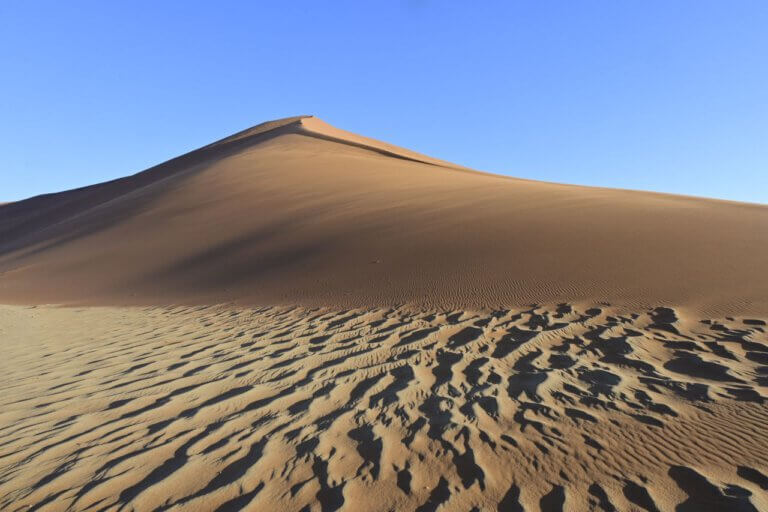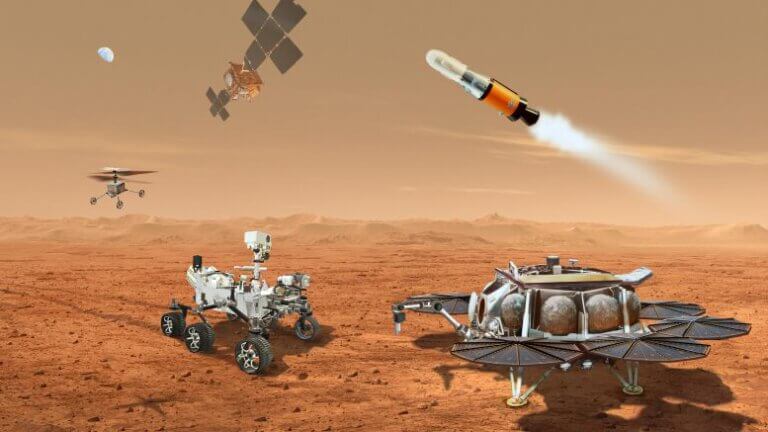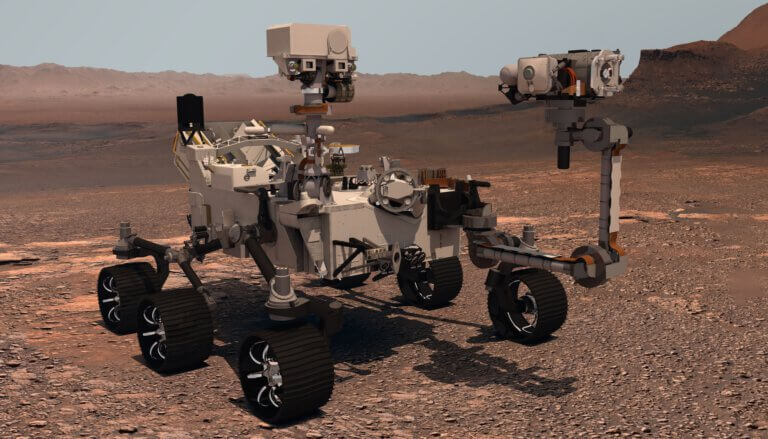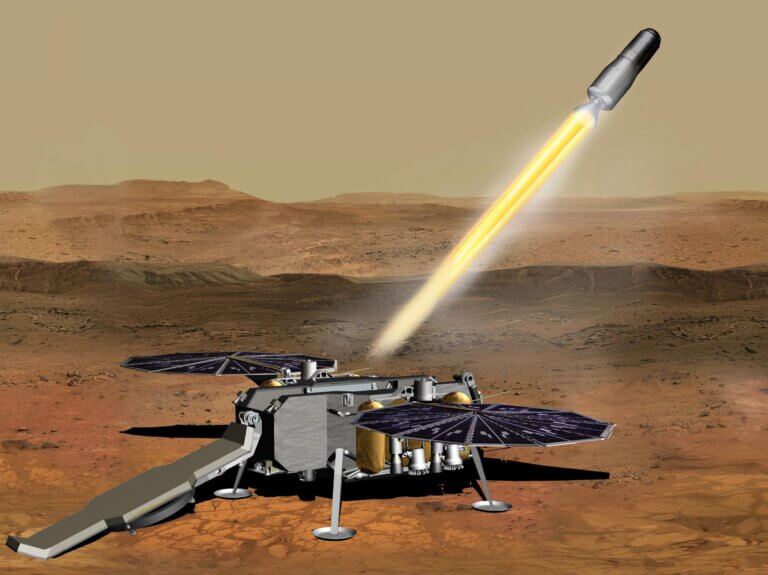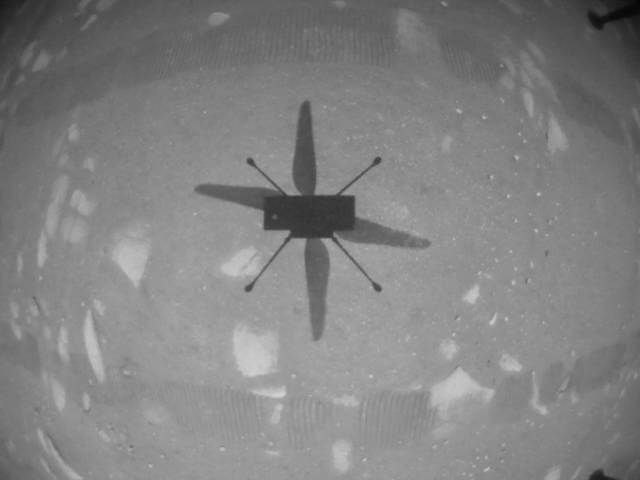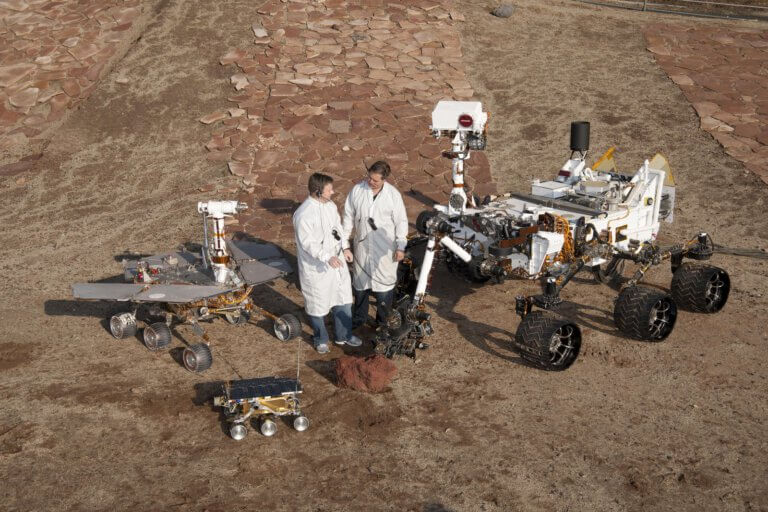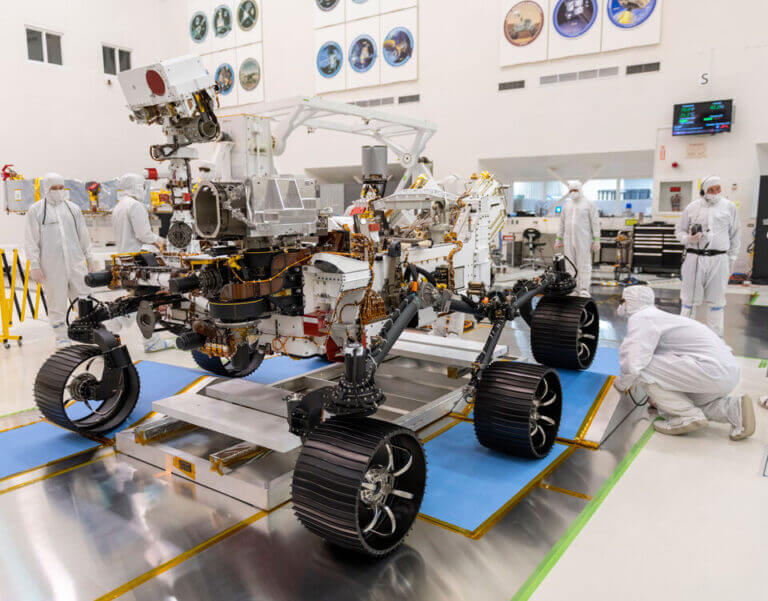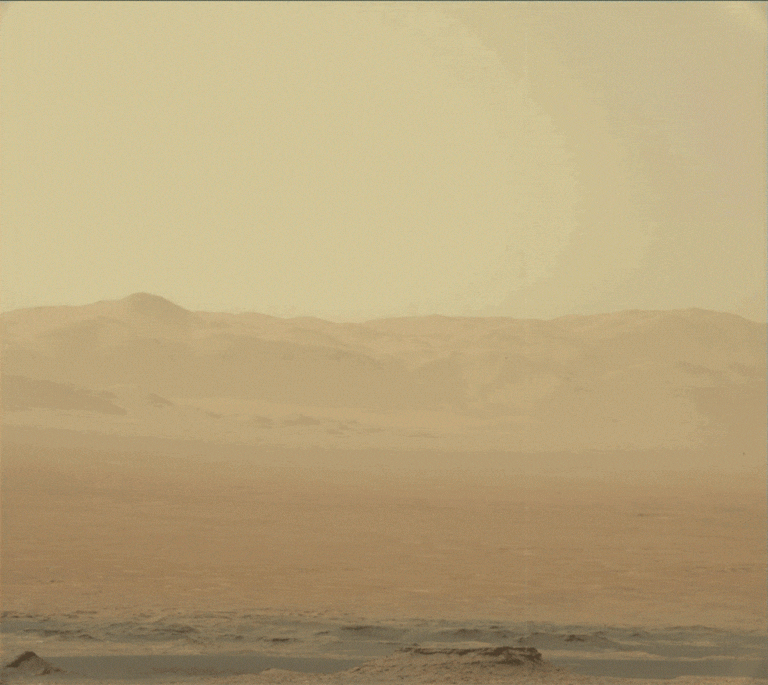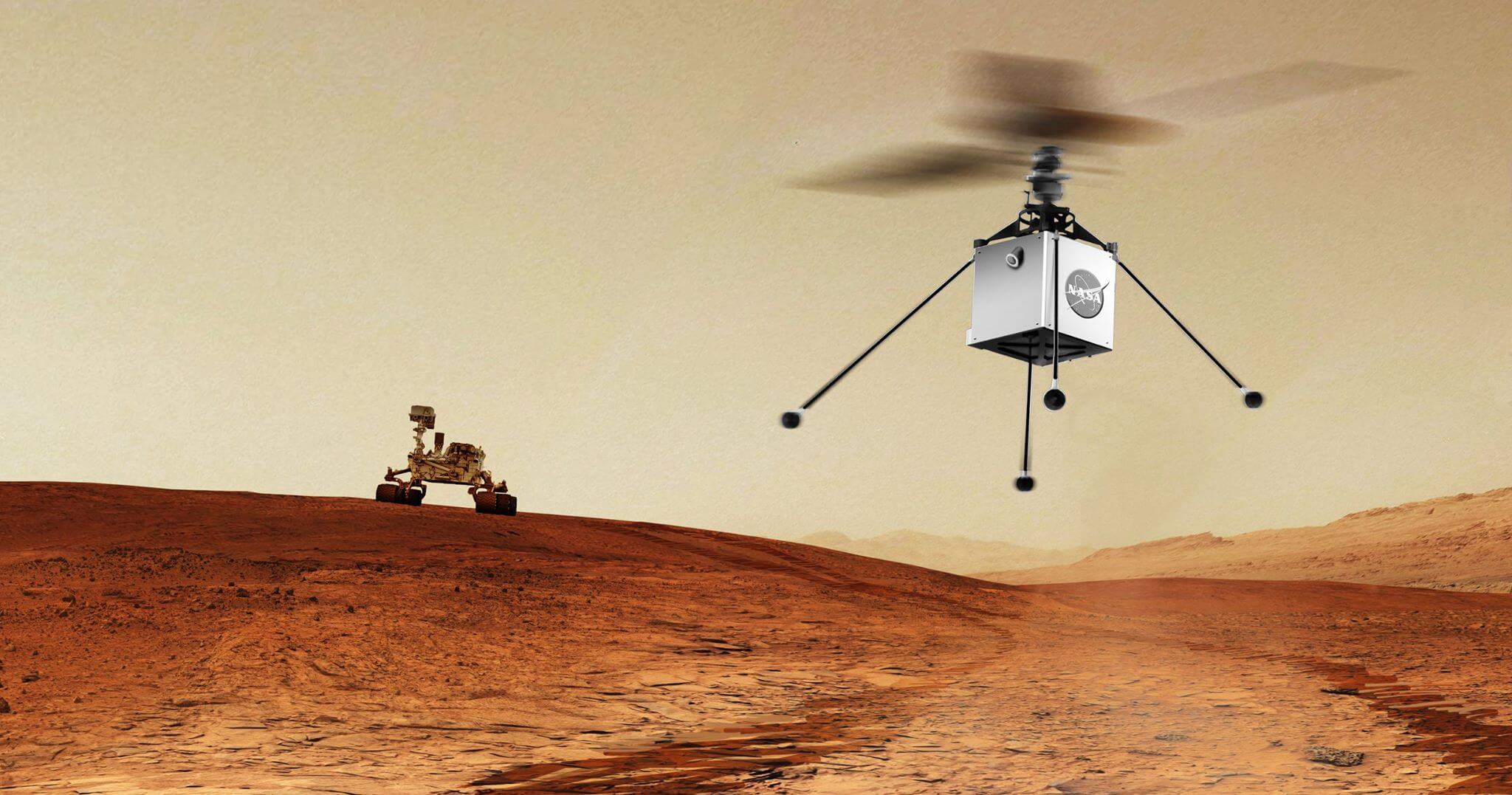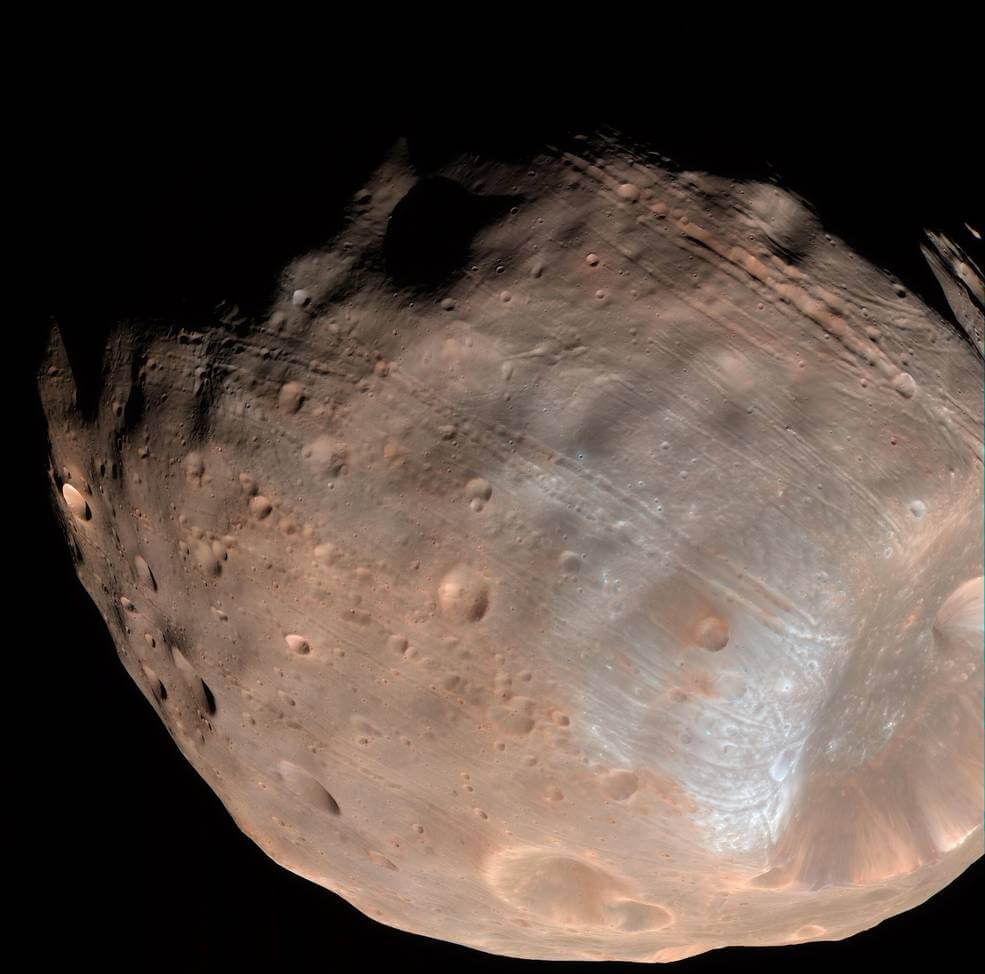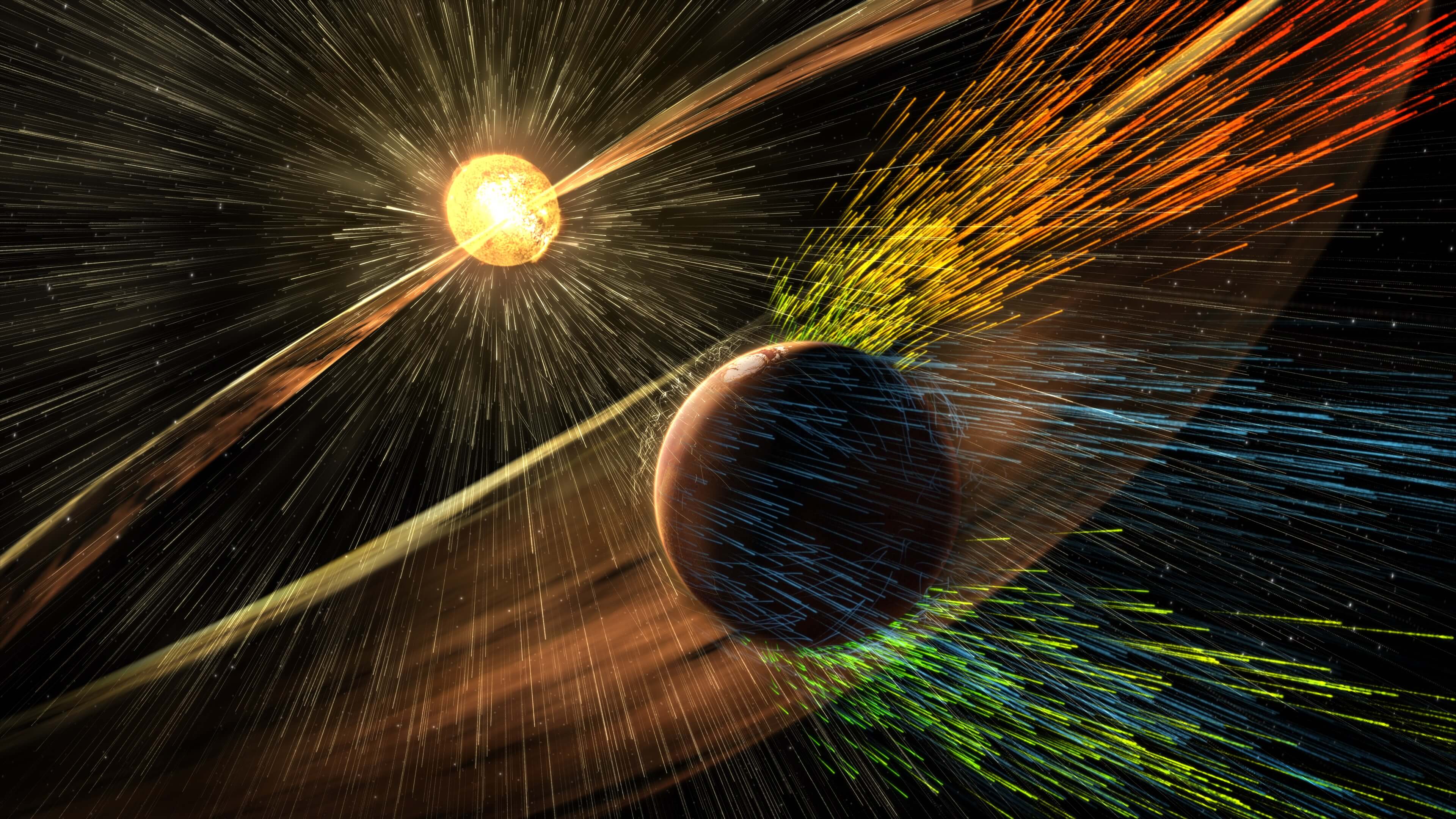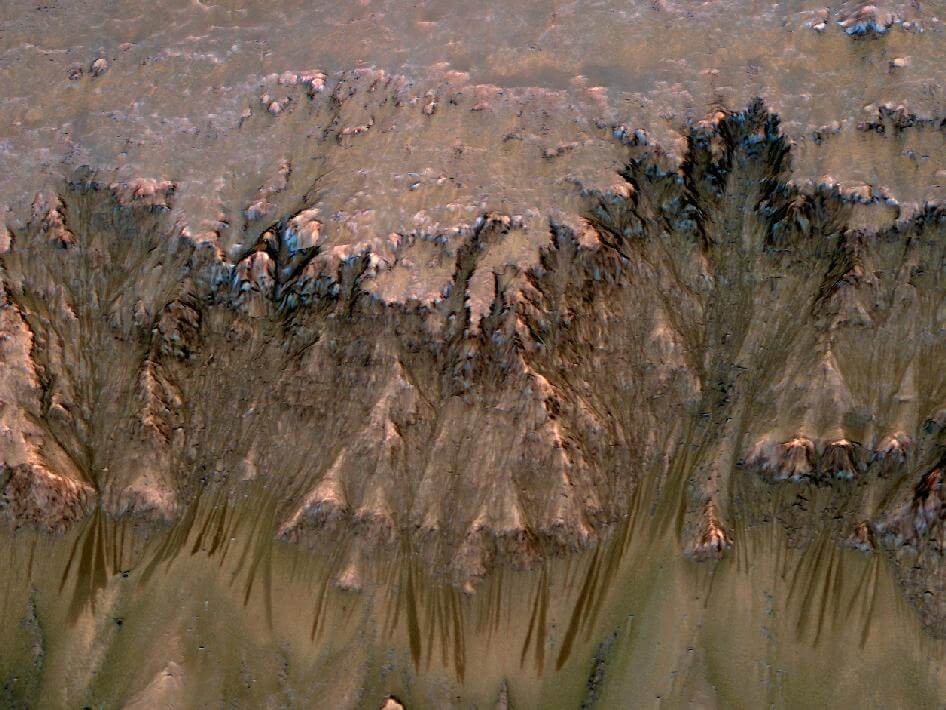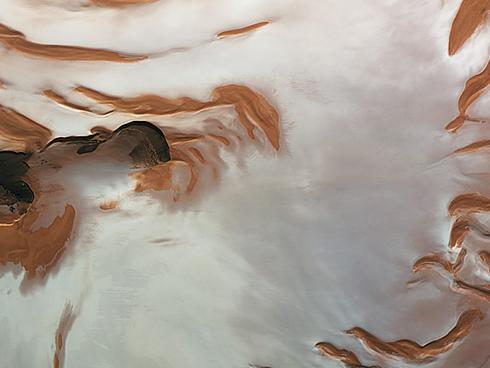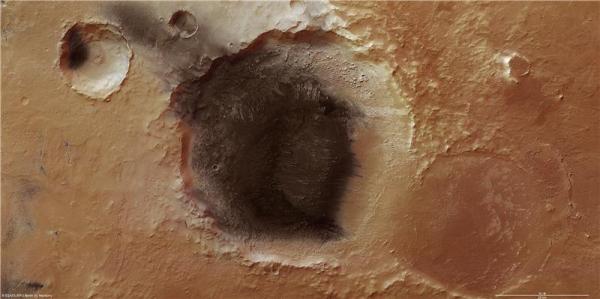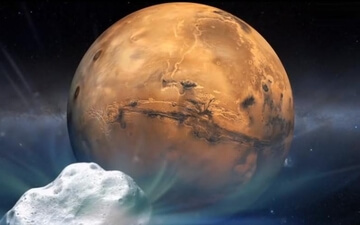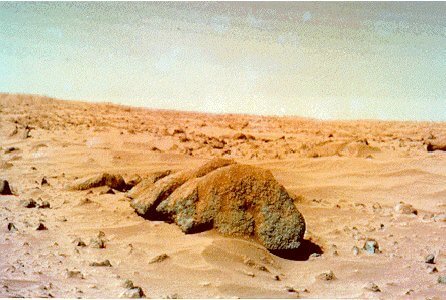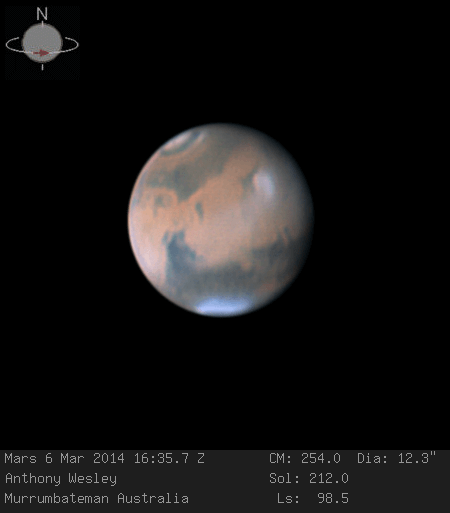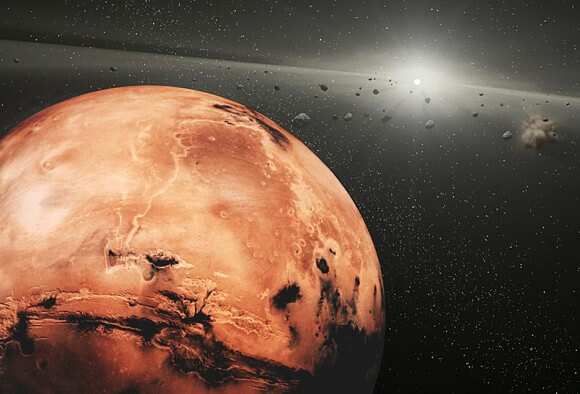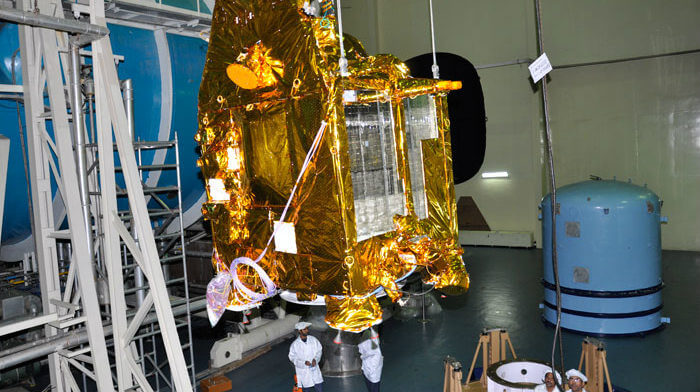Hayadan > Space and astronomy > Solar System > Mars > Mars - scientific output
Mars - scientific output
- Avi Blizovsky
- March 19, 2024
- One response
Gallons = small waves. A new international study led by Ben-Gurion University has challenged the prevailing theory that different physical conditions allow the development of galleons that do not exist on Earth
- Avi Blizovsky
- October 1, 2023
- No comments
In addition to bringing the first sample collected from Mars to Earth, this very complex mission will include the first launch from the soil of another planet, and also the first rendezvous in orbit around another planet. The return of the samples from Mars is a partnership with ESA (European Space Agency)
- Avi Blizovsky
- December 17, 2022
- No comments
Cracks crossing land formations on Mars indicate that Mars is a much more active planet than previously thought
- Haim Mazar
- June 17, 2022
- One response
- Avi Blizovsky
- May 26, 2022
- No comments
NASA's Perseverance rover began moving after completing remote science activities at Enchanted Lake. Now scientists want to drive it to the front of the delta of the ancient river that flowed into the lake
- Avi Blizovsky
- February 19, 2022
- 3 תגובות
The contract brings NASA one step closer to the first robotic round-trip flight to bring samples safely to Earth through the Mars Sample Return Program
- Avi Blizovsky
- December 5, 2021
- 7 תגובות
An artistic interpretation of Curiosity's field of view on a mountain on Mars was created by team members who were amazed by the sweeping view
- Avi Blizovsky
- April 19, 2021
- One response
NASA's Ingenuity Mars lander captured this takeoff as it hovered over the Martian surface on April 19, 2021
- Avi Blizovsky
- February 8, 2021
- No comments
The Perseverance vehicle, built at NASA's Jet Propulsion Laboratory in Southern California, is loaded with scientific instruments, advanced landing computing capabilities and other new systems
- Avi Blizovsky
- April 16, 2020
- 3 תגובות
- Avi Blizovsky
- June 23, 2018
- No comments
- Universe Today
- November 29, 2015
- 5 תגובות
- Avi Blizovsky
- November 12, 2015
- 2 תגובות
- Avi Blizovsky
- November 7, 2015
- 10 תגובות
- Avi Blizovsky
- September 30, 2015
- 3 תגובות
- Avi Blizovsky
- September 28, 2015
- 45 תגובות
- Haim Mazar
- January 2, 2015
- 2 תגובות
- Haim Mazar
- November 10, 2014
- 3 תגובות
- Haim Mazar
- November 7, 2014
- 3 תגובות
- Itai Nebo, editor of the Davidson Institute website
- October 19, 2014
- No comments
- Avi Blizovsky
- October 19, 2014
- One response
- Haim Mazar
- July 11, 2014
- No comments
- Avi Blizovsky
- April 7, 2014
- 7 תגובות
- Universe Today
- November 25, 2013
- No comments
- Itai Nebo, editor of the Davidson Institute website
- November 5, 2013
- One response

